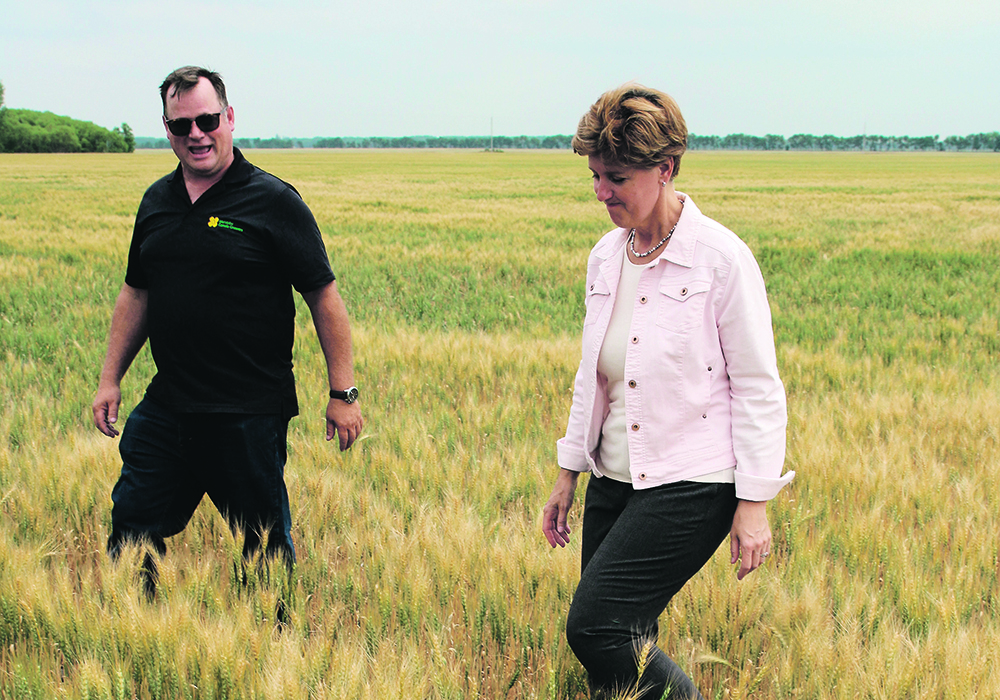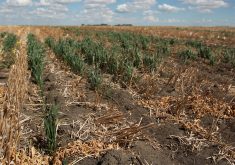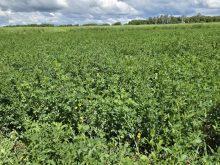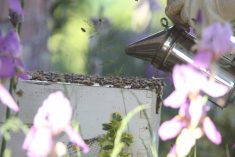Last season was a let-down for many prairie producers but in Manitoba recovery for most has been swift
Last year, Curtis McRae took federal Agriculture Minister Marie-Claude Bibeau for a walk through the knee-high crops on his Interlake farm.
There wasn’t much for crop yield, but there was a bumper crop of grasshoppers in the drought-ravaged field.
This year, there looks like a good crop yield and rather than being drought-ravaged, McRae is worrying about how green it has remained until what should be harvest time, bountiful rains giving the plants all the moisture they could use.
There is, however, one obvious hangover from the drought.
Read Also
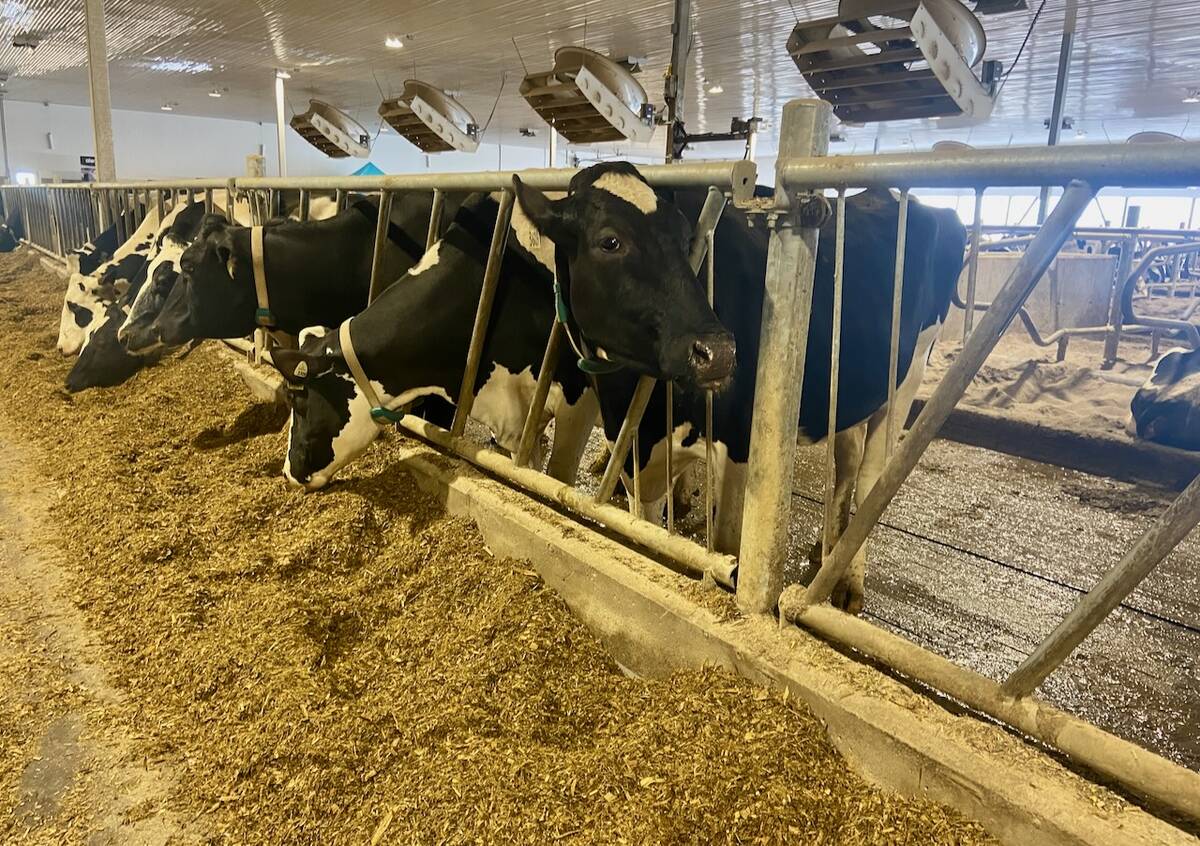
U.S. farm group supports supply management
U.S. grassroots farm advocacy group pushing new agriculture legislation that would move towards supply management like Canada has for dairy industry
“We still have a whack of grasshoppers,” said McRae, who was preparing to seed fall rye into a damp field if it dried enough to let him.
“Crickets are intense.”
Most of the eastern Prairies were hit by drought last summer, but nowhere more intensely than in Manitoba’s Interlake, which lies between lakes Manitoba and Winnipeg. Farmers there got virtually zero moisture through most of the growing season. Crops withered and died, and hundreds of cattle producers had to sell calves early, sell cows they couldn’t support on parched pastures, or liquidate their entire herds as feed grain crops and even water sources dried up.
This year, much moisture has arrived, from blizzards and heavy rains in the spring through regular rain and showers throughout the summer. Fields have sucked in the moisture, producing above-average crops and lush hay, with water sources replenished.
“It’s the polar opposite of last year,” said McRae, who has been lucky with rain. North of him some producers were less lucky, with up to five inches falling in one recent storm near Arborg. Some of the crops hit by that storm were drowned.
The grasshoppers and crickets shouldn’t coincide with wet soils and humid air, but the bugs had such a great breeding season last summer the land is filled with the hungry critters. Still, the crops seem able to handle the stress.
“The crop still wants to grow,” said McRae.
Interlake cattle producers are particularly relieved, after witnessing neighbours putting their farms up for auction after last summer’s nightmare. Those who survived into winter spent months scrambling to find any feed they could, with little available at reasonable prices because the drought hit so many areas. They hoped an early spring and normal rains would provide relief for the cows and newborn calves, but that hope was frustrated.
The spring was terrible for most, with weeks more winter weather keeping pastures from greening, and extreme snow and rain wreaking havoc on calves, causing many losses.
However, as the moisture sank in and regular rains kept coming, pastures greened, feed crops sprang forth, and the herds found pleasant conditions across most of the region.
But like the crop farmers hit by localized massive rains, some cattle producers are also struggling to deal with the violence of the weather.
“There’s a different picture producer by producer there,” said Tyler Fulton, president of Manitoba Beef Producers.
However, even for them, the stress isn’t as intense as it was last summer.
“They have neighbours and alternatives for feed this year,” said Fulton.
With the fall calf run commencing, cattle producers are hoping to recoup some of their losses and have a less eventful winter and spring.
For McRae, he’d just like some warm dry days to let him get his combine into the fields and take off what should still be a good crop, despite all the insects.
Usually, his wheat would all be in the bin, and he’d be half-done with his canola. This year none had been cut by Sept. 2.
“We are late. Late,” he said.


